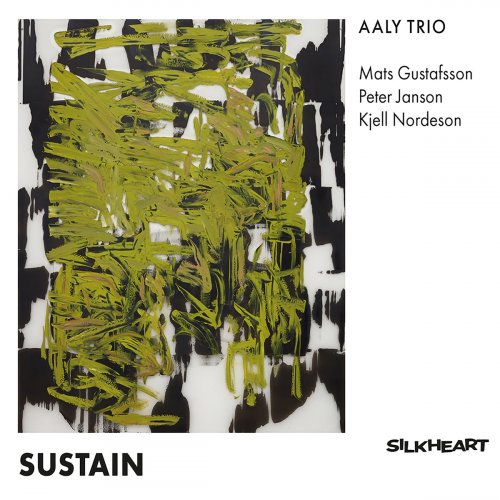Robbie Basho - The Seal Of The Blue Lotus (Reissue) (1965/1996)
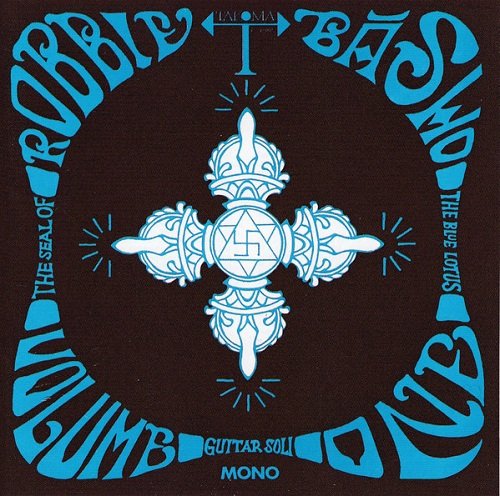
Artist: Robbie Basho
Title: The Seal Of The Blue Lotus
Year Of Release: 1965/1996
Label: Takoma
Genre: Folk, Experimental, Psychedelic
Quality: Flac (tracks, .cue, log)
Total Time: 45:34
Total Size: 223 Mb
WebSite: Album Preview
Title: The Seal Of The Blue Lotus
Year Of Release: 1965/1996
Label: Takoma
Genre: Folk, Experimental, Psychedelic
Quality: Flac (tracks, .cue, log)
Total Time: 45:34
Total Size: 223 Mb
WebSite: Album Preview
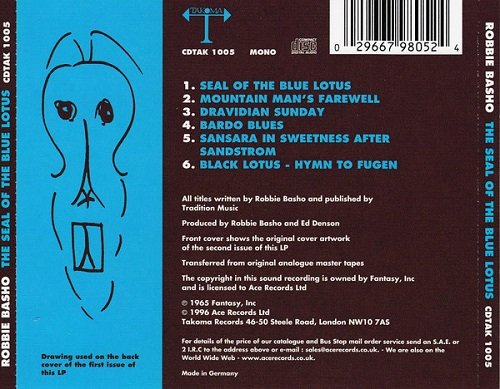
Tracklist:
01. Seal of the Blue Lotus
02. Mountain Man's Farewell
03. Dravidian Sunday
04. Bardo Blues
05. Sansara in Sweetness After Sandstorm
06. Black Lotus - Hymn to Fugen
Basho was born in Baltimore, Maryland, and was orphaned as an infant. Adopted by the Robinson family, Daniel Robinson, Jr. attended Catholic Schools in the Archdiocese of Baltimore and was prepared for college at Saint James School—an Episcopal school—in Western Maryland. He went on to study at University of Maryland College Park. Although he played the euphonium in the high school band and sang in middle school and high school ensembles, his interest in acoustic guitar grew during his college years, as a direct result of his friendships with fellow students John Fahey, Ed Denson, and Max Ochs. In 1959, Basho purchased his first guitar and immersed himself in Asian art and culture. It was around this time that he changed his name to Basho, in honor of the Japanese poet, Matsuo Bashō.
Basho's vision was to see the steel string become a concert instrument and to create a raga system for America. During a radio interview in 1974, promoting his album Zarthus, Basho discussed his music in detail. He described how he had gone through a number of "periods" related to philosophy and music, including Japanese, Hindu, Iranian and Native American. Zarthus represented the culmination of his "Persian period". Basho asserted his wish, along with John Fahey and Leo Kottke, to raise the steel-string guitar to the level of a concert instrument. He acknowledged that the nylon-string guitar was suitable for "love songs", but its steel counterpart could communicate "fire".
Basho credited his interest in Indian music to hearing Ravi Shankar, whom he first encountered in 1962. Basho died unexpectedly at the age of 45 due to a freak accident during a visit to his chiropractor, where an "intentional whiplash" experiment caused blood vessels in his neck to rupture, leading to a fatal stroke.
Basho's vision was to see the steel string become a concert instrument and to create a raga system for America. During a radio interview in 1974, promoting his album Zarthus, Basho discussed his music in detail. He described how he had gone through a number of "periods" related to philosophy and music, including Japanese, Hindu, Iranian and Native American. Zarthus represented the culmination of his "Persian period". Basho asserted his wish, along with John Fahey and Leo Kottke, to raise the steel-string guitar to the level of a concert instrument. He acknowledged that the nylon-string guitar was suitable for "love songs", but its steel counterpart could communicate "fire".
Basho credited his interest in Indian music to hearing Ravi Shankar, whom he first encountered in 1962. Basho died unexpectedly at the age of 45 due to a freak accident during a visit to his chiropractor, where an "intentional whiplash" experiment caused blood vessels in his neck to rupture, leading to a fatal stroke.
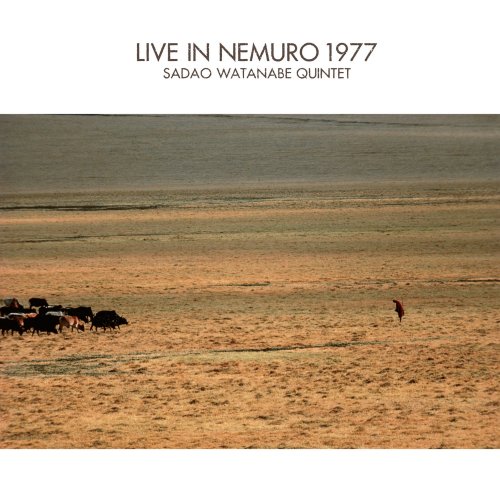
![Betty Carter - The Music Never Stops (2019) [Hi-Res] Betty Carter - The Music Never Stops (2019) [Hi-Res]](https://www.dibpic.com/uploads/posts/2025-12/1765896843_bcmn500.jpg)
![The Mood Mosaic - Acid Maestro (Morricone's Cosmic Funk Legacy) (2025) [Hi-Res] The Mood Mosaic - Acid Maestro (Morricone's Cosmic Funk Legacy) (2025) [Hi-Res]](https://www.dibpic.com/uploads/posts/2025-12/1766134708_dkymenaq6pxqa_600.jpg)
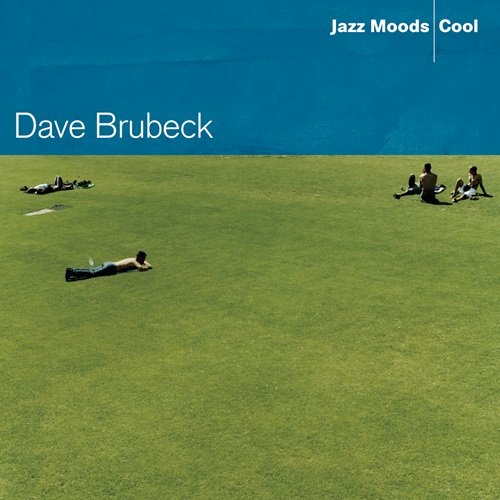


![Paul Mauriat - Après toi (1972) [Hi-Res] Paul Mauriat - Après toi (1972) [Hi-Res]](https://img.israbox.com/img/2025-12/19/7apc8ramq91sp9mgfuj4lcflg.jpg)

